cooling greenhouse
gwoods34 woods
10 years ago
Featured Answer
Sort by:Oldest
Comments (17)
fruitnut Z7 4500ft SW TX
10 years agooakhill (zone 9A, Calif.)
10 years agoRelated Professionals
Simpsonville Landscape Architects & Landscape Designers · Edmond Landscape Architects & Landscape Designers · Windham Landscape Architects & Landscape Designers · Roxbury Crossing Landscape Architects & Landscape Designers · Manchester Landscape Contractors · Hilo Landscape Contractors · Kaneohe Landscape Contractors · McLean Landscape Contractors · Norwalk Landscape Contractors · Richmond Landscape Contractors · Roseville Landscape Contractors · Wareham Landscape Contractors · Dana Point Solar Energy Systems · Paramus Solar Energy Systems · Saratoga Solar Energy Systemssand_mueller
10 years agosand_mueller
10 years agocole_robbie
10 years agogwoods34 woods
10 years agogwoods34 woods
10 years agofruitnut Z7 4500ft SW TX
10 years agogwoods34 woods
10 years agolesli8
10 years agogwoods34 woods
10 years agofruitnut Z7 4500ft SW TX
10 years agogwoods34 woods
6 years agoUser
6 years agogwoods34 woods
6 years agogwoods34 woods
6 years ago
Related Stories

WINTER GARDENINGExtend Your Growing Season With a Cold Frame in the Garden
If the sun's shining, it might be time to sow seeds under glass to transplant or harvest
Full Story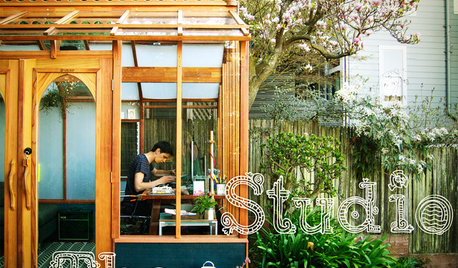
OUTBUILDINGSStudio Solution: A Kit Greenhouse Becomes a Creative Private Office
See how an inventive work-from-home designer made an office from a greenhouse, for some inspired thinking in the backyard
Full Story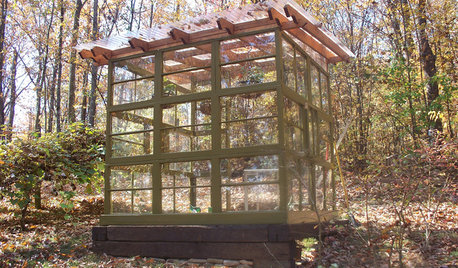
GARDENING AND LANDSCAPINGSee a Family Greenhouse Grown From Scraps
Can-do resourcefulness and less than $400 lead to a new 8- by 8-foot home for plants on a Tennessee family's property
Full Story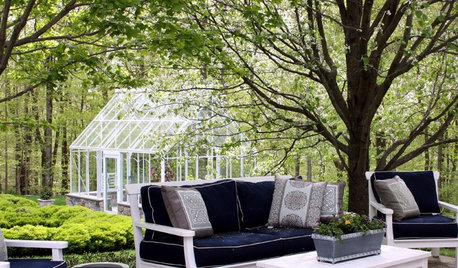
Houzz Call: Show Us Your Greenhouse
Submit a photo of your greenhouse and share what's growing!
Full Story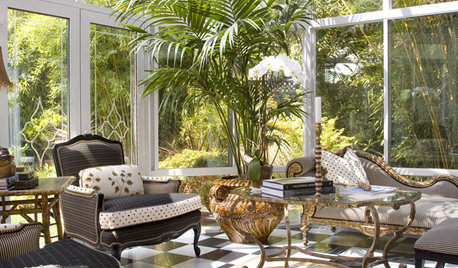
DECORATING GUIDESGo for a Greenhouse Effect With an Exotic Conservatory
Cultivate a rarified hothouse feel with or without all-glass walls; these inspiration photos and product picks show you how
Full Story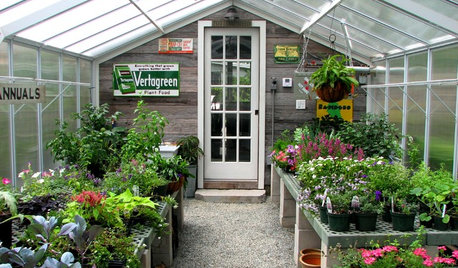
OUTBUILDINGSRoom of the Day: An Old Shed Becomes a Spa and Greenhouse
A garden-loving couple create the perfect place to have a soak and putter with their plants year-round
Full Story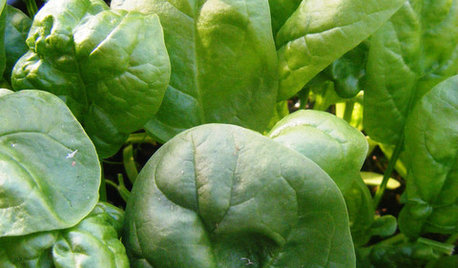
COOL-SEASON CROPSCool-Season Vegetables: How to Grow Spinach
Chock-full of antioxidants and iron, spinach is a nutrient-rich addition to your fall or spring garden
Full Story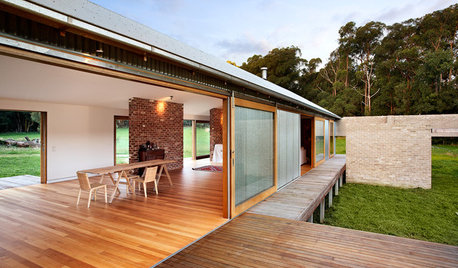
ARCHITECTUREHow Thermal Mass Keeps You Warm and Cool
Passive solar design makes use of this element. Here’s how it works and how you can get it in your home
Full Story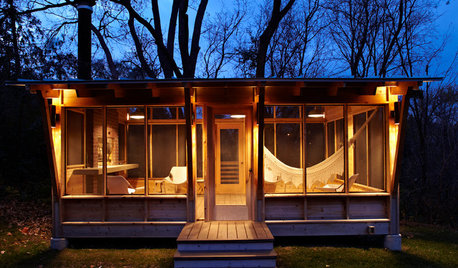
OUTBUILDINGS10 Cool Ideas for Backyard Retreats and Playhouses
Get away from it all without packing a bag, by setting up an outbuilding tailored to your imagination
Full Story
GREEN BUILDINGThe Big Freeze: Inventors Break New Ground to Keep Things Cool
Old-fashioned fridges can be energy guzzlers, but there are more eco-friendly ways of keeping food fresh, as these global innovations show
Full Story






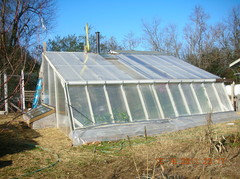

fruitnut Z7 4500ft SW TX